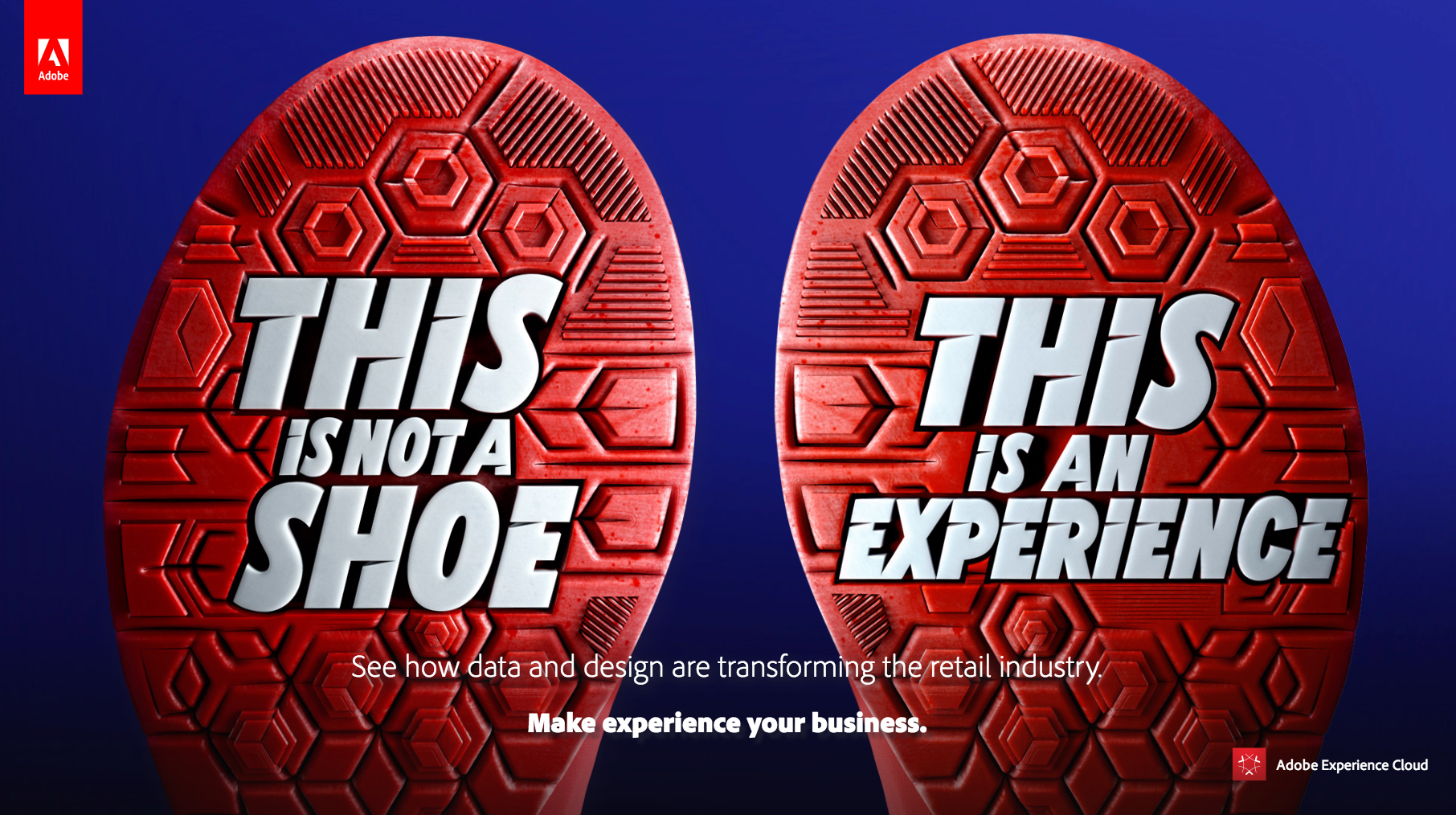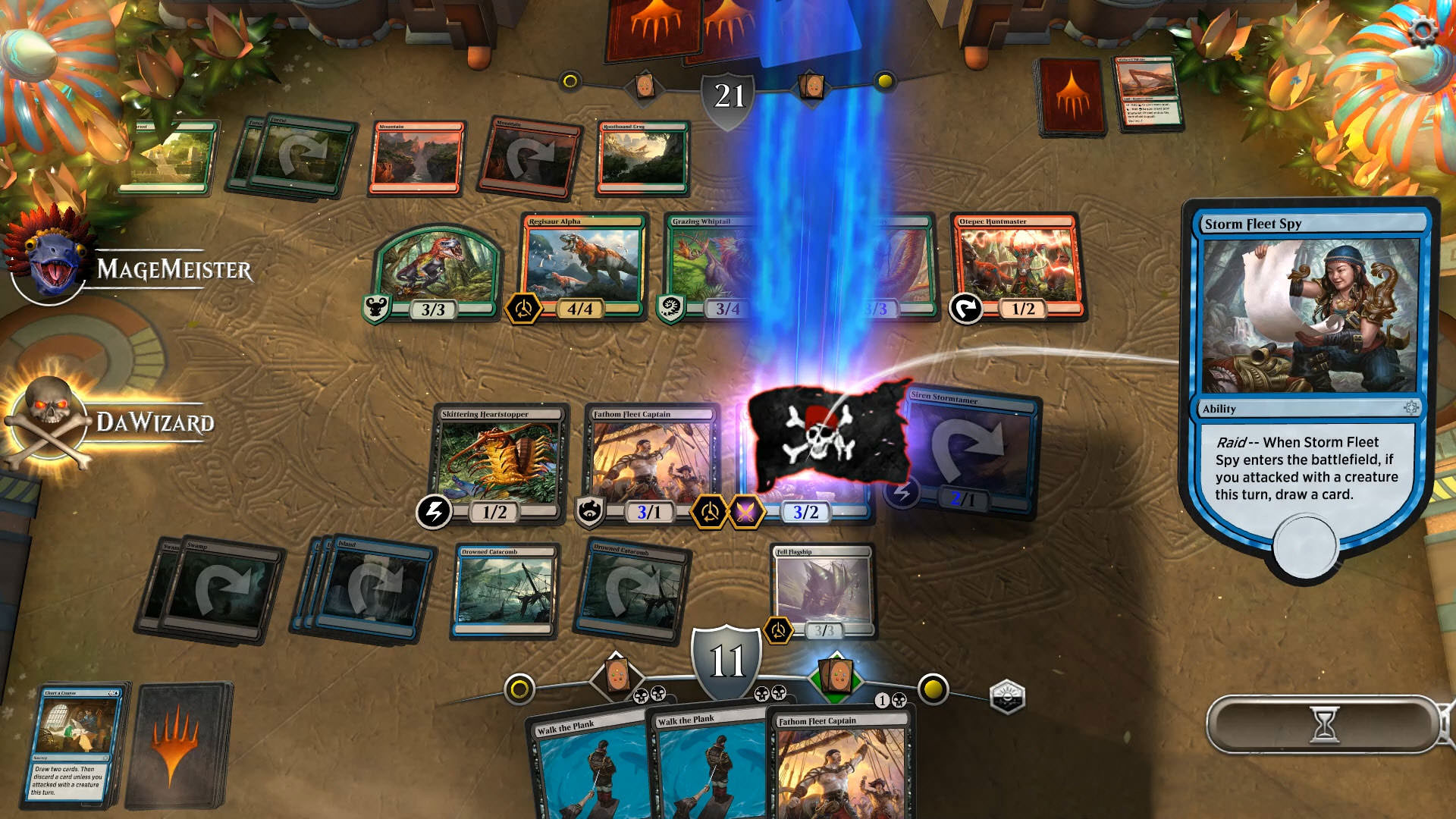Mattress companies are increasingly shunning showrooms and are instead trying to capture millennials—who are likely looking to make their first big-ticket purchase in the category—by marketing with whimsical social-and-digital-first content.
Thanks to mattress-happy investors of years past that led an industry renaissance and prominence to e-commerce, the crowded, new-generation room now features the likes of Casper, Leesa, Purple, Tuft & Needle and Nest Bedding, among others.
According to IBISWorld, the mattresses market is a $14 billion a year industry. A figure that fat is nothing to sleep on, so brands in the space have been experiencing considerable share of voice by creating disruptive, out-of-the-box content and building digital-centric marketing to tap into a group looking for a good snooze—and some entertainment. It’s even created somewhat of a ripple effect to sister industries like linen, which have gone to such lengths like starting subscription-style bedding programs.
Joe Alexander, CEO and founder of Nest Bedding, a direct bed-in-a-box brand founded in 2012, told AListDaily that millennials are spurning traditional brands by buying from whichever company that the internet declares as “good.”
“To ignore millennials is to ignore the present and the future. These buyers are brand loyal—and they are fiercely loyal,” Alexander said. “We focus a lot of attention on brand building in social media. We call it ‘personality branding’ in that we have found that millennials love to see the human side of a brand. We create fun content while also communicating one-on-one with our base.”
To show that they’re a group of people just like them, Nest Bedding has marketed to millennials with a “professional napper” contest, set up a sleep line to have grandpa read bedtime stories and used influencers like model Lindsay Pelas and Silicon Valley actor Jimmy O. Yang to create quirky videos.
“It gives us a fun force to interact with our base, and a familiar face to lead our brand online . . . This is much more credible than, say, paying a Kardashian to stand in front of your mattress box,” Alexander said. “Consumers want to be entertained. I think more brands are understanding that the new consumer is looking for experiences—not just products—and taking your products and making them experiences then communicating that experience is where you win in the new market.”
“Being genuine and in tune with your customer base is key. Shareable entertainment is a great and effective brand lure.” —Joe Alexander, CEO and founder of Nest Bedding
Earlier this month, Casper, which raised $170 million in June with plans to I.P.O., launched Woolly, a 96-page digital and print publication dedicated to sleep content. For $12 an issue, you can brush up on content relating to comfort, wellness and modern life in the McSweeney’s-made magazine. The caveat? There are no ads for Casper in the quarterly editions.
“A mattress company launching a print magazine isn’t the weirdest thing that’s happened in 2017, but it may be the most comfortable,” Casper wrote in its announcement.
Before that, Casper, which officially made its way to Target stores this year, maintained another form of content marketing with the sleep-focused, standalone online publication Van Winkle. Continuing its history of whimsical social marketing, the brand also tested “Staycation Story Hacks” this summer by encouraging brand loyalists to share experiences on Instagram or Snapchat Stories.
“Innovation has always been our catalyst for growth,” Philip Krim, CEO and co-founder of Casper, said at the time of their Series C funding. “As we look ahead to Casper’s next chapter, we see the future of sleep driven by unparalleled research and development, and an evolved consumer experience.”
Clever marketing is a different way to bring consumers into the brand without overtly saying “buy my product” and potentially driving people away.

Kerri Homsher, external communications specialist for Ikea, told AListDaily that since consumers are smarter than ever, the product and marketing efforts should be just as canny. That was the Danish retailer’s marketing strategy for the back-to-school season earlier this fall.
“In today’s digital media landscape and with how people consume content, understand the importance of giving people a reason to stop the thumb and engage—and then share,” Homsher said. “Consumers are much more likely to engage with a brand if they saw a recommendation from a friend, and many look to influencers as trustworthy sources, just like their friends.”
Since caring for biological needs for the sake of maintaining metabolic homeostasis is all the rage, and a shift in consciousness is collectively being made, the mattress market has evolved from a state of stagnation to one that is innovative. One thing remains clear—the tussle to own the conversation by way of marketing en route to monetization has no creative limits.
In October, Mattress Firm, a 30-year-old brand that’s previously had social media tussles with upstarts like Tuft & Needle, got in bed with a new agency to revamp its image and handle its $250 million advertising budget to reach the rapidly changing consumer.
“As the media landscape continues to evolve, it’s important we uncover new ways to introduce and reinforce our brand to millions of Americans,” said Sicily Dickenson, chief marketing officer for Mattress Firm, per AdWeek.
Alexander has plans of expanding Nest Bedding into Canada and Europe and wants to establish the company as a home brand—not just a bedding one. It intends to do that by introducing a furniture-in-a-box model and products like a branded pajamas line. As for remaining competitive from a marketing standpoint, creating unique content and media like music videos with a distinct message will be key to continuing to attract millennials, he says.
“Being genuine and in tune with your customer base is key,” Alexander said. “Shareable entertainment is a great and effective brand lure.”



